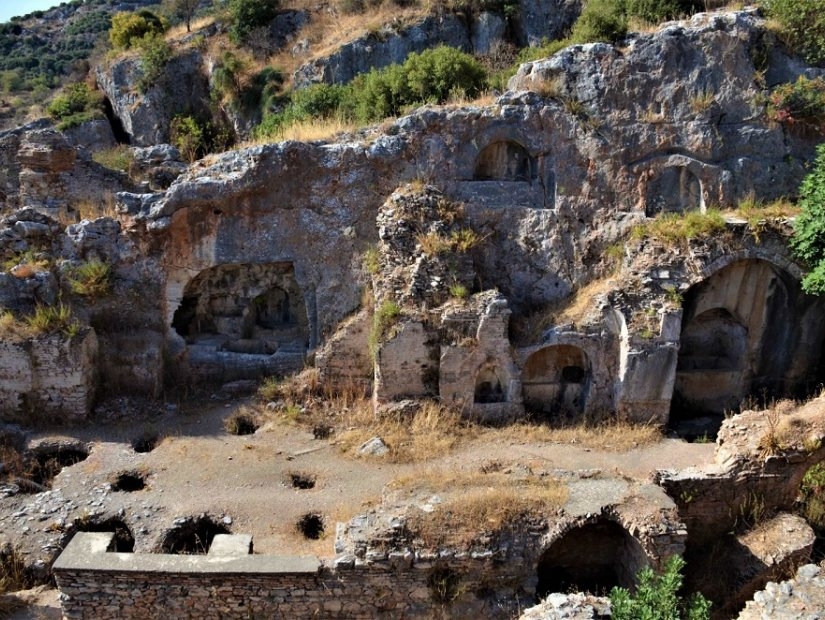Blog
A Sacred Place: Cave of the Seven Sleepers
A Sacred Place: Cave of the Seven Sleepers
A Sacred Place: Cave of the Seven Sleepers
The "Seven Sleepers" were seven young men who had been imprisoned in a cave during Decius' persecutions (c.250). They lay asleep and suddenly awoke in 435, under the reign of Theodosius II. The seven men strolled into Ephesus, impressed with all the churches and Christians' freedom of worship. The Sleepers died naturally (and forever) and were buried in the cave where they had rested. In this article, we have gathered the details of this miracle.
A Miracle Was Discovered
Bishop Stephen of Ephesus is said to have been the first to describe the miracle. It appears to have been quickly accepted, possibly due to its relevance to a recent Origenist argument over the resurrection of the body. The Seven Sleepers exist in the Qur'an (Koran) as well; in this version, the boys are accompanied by a dog.
What to Expect
The Grotto of the Seven Sleepers is gated in. However, a massive break in the fence allows complete access to the cave at the moment. The place is a little off the usual path, yet pilgrims and visitors nonetheless frequent it. A tiny restaurant is nearby. The seven Sleepers lay and were buried in the cave chapel is the complex's focal point. The vast cave has been walled with brick masonry to build a church, with a ceiling as high as many average churches. The sides have arch niches, while the rear has a circular apse. The sleepers' burial sites on the floor are now gaping empty pits.
Specifics of the Myth
The myth's specifics are highly debated among the numerous cultures who tell it. Christians think that the Seven slept for 128 to 200 years. However, the Qur'an claims that they slept for 300 years. Even the location is ambiguous. Though this cave in Ephesus is the most popular among religious pilgrims, caverns in Jordan, China, Tunisia, and Algeria all claim to be the home of the Seven Sleepers.


